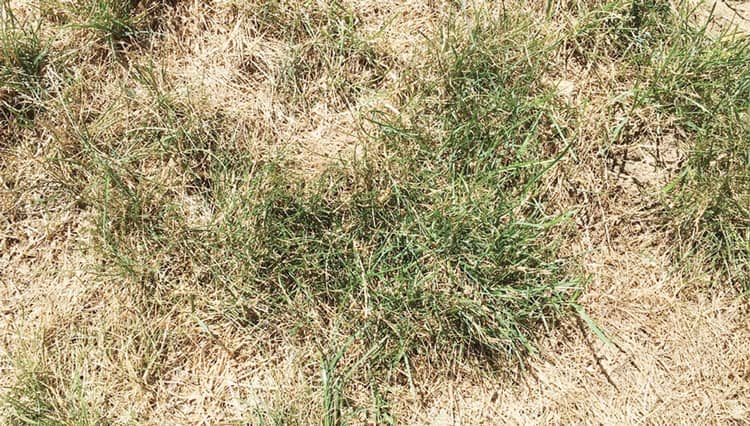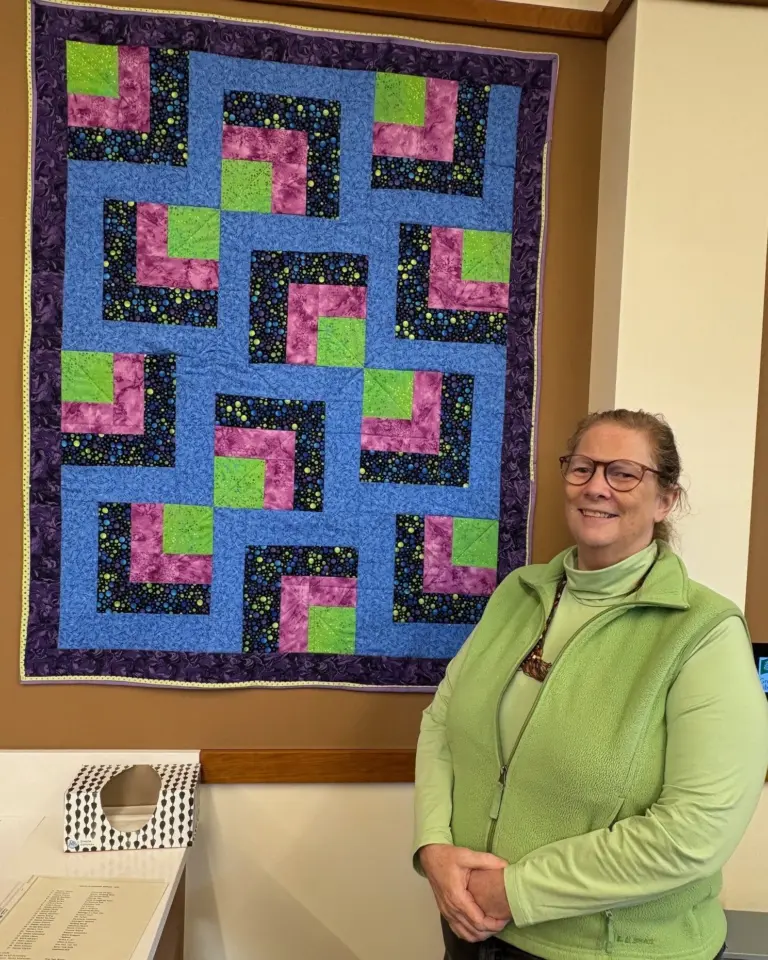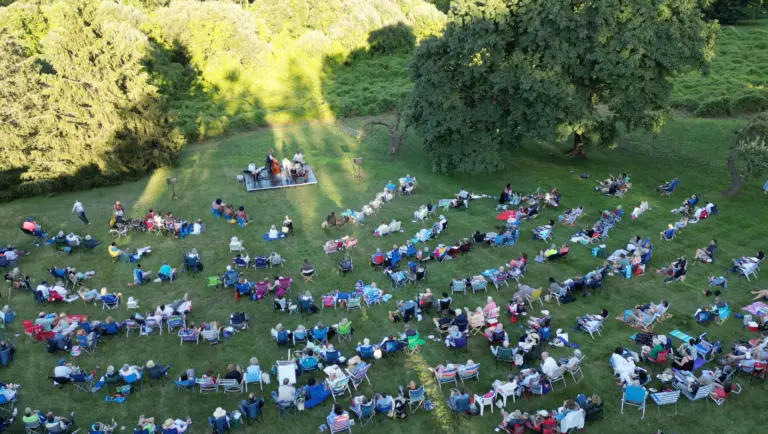

It was a strange sight late last week and over the weekend. Sure, Nutmeggers are used to those five- to 10-minute downpours during a thunderstorm.
It is, in fact, summer, and summer storms are par for the course around here.
However, what we experienced last weekend was desperately needed in Greenwich and the surrounding area. It was rain. Not just a passing shower, but a sustained rainfall lasting a good chunk of the latter part of the week and Sunday.
Throughout the summer and going back to late spring, the town has been quite dry… and warm. Just look at some grass around the area, which is a shade of brown and yellow. In fact, Greenwich is under a moderate drought watch.
Gary Lessor, assistant to the director of meteorological studies and weather center at Western Connecticut State University, said that for the month of July, Greenwich had 5.08 inches of rain. While there isn’t any historical average for Greenwich, Bridgeport averages 3.46 inches of rain in July.
A lot of the rain Greenwich got for the month was during those last few days of July.
Between June 1 through July 30, there should be 7.07 inches of rain. In June there was just 1.45 inches. May averaged 3.83 inches and April had 2.98 inches of rain. As of the start of August, the amount of rain this year was 22.44 inches and the normal is 24.94.
While Greenwich and Southwestern Connecticut has been in need of rain, it pales in comparison to the area around Bradley International Airport and northern Connecticut. As of the start of August, Bradley had 18.15 inches, and 26.49 is normal.
When it comes to a rain event, there is a huge difference between a quick downpour and a steady rain. Rivers and streams enjoy that soaking rain; however, when it comes to fixing a drought, it’s the exact opposite.
“Ideally, you would much rather have a slow, steady rain over a 48- to 72-hour period than that which comes in a few hours because most of it runs off,” said Lessor. “You do get some that immediately sinks into the ground, but most goes to the rivers and streams and ends up in the ocean. The benefactor of the heavy rain is more to raise the river and streams up. But the actual drought conditions for farmers isn’t realized.”
Despite the rain that fell late last week and this past weekend, everybody in the Nutmeg State is still considered in a moderate drought, except for extreme northwestern Connecticut, which is just classified as abnormally dry.
Also not helping things this summer has been a hotter-than-usual July. The average temperature in Bridgeport was 77.5 degrees last month, 3.2 degrees above normal.
While the rain might keep Greenwich and the surrounding area from a more severe drought, it doesn’t mean things are actually getting any better.
“What also tends to happen in years like this is that you have that one moth or 45 days where you get that extended precipitation, and you get back to very dry again,” Lessor said. “As we go forward, we may very well just go into another dry spell and continue that into the fall season. Overall it will be warmer and drier than normal. Certainly July was warm.”
The few things that would help immensely would be either waiting six months for winter to hit or a tropical system coming to town this summer.
“You never want a big category two or three hurricane, but a tropical storm or tropical depression coming up the coast would be an ideal situation for the drought,” said Lessor. “It would get rid of it in short order. In the winter, if we could get normal rainfall and substantial snow, we can then erase it that way.”
While still in a moderate drought, there are simple steps town residence can do to conserve valuable water. Visit a local car wash instead of washing your own vehicle, take short showers and no baths, and wash clothes at night.
And a big way to save water is to be cogniscent of something that many people around town do all the time.
“The worst thing you can do, and I see it all the time, is to use sprinklers and run it or 10 to 15 minutes every day,” Lessor said. “Most of it ends up evaporating. You help your grass, but the trees and shrubs aren’t really getting water. You want to encourage deep growth of the root systems. The deeper watering fewer times and the shallow watering multiple times is much better.”




